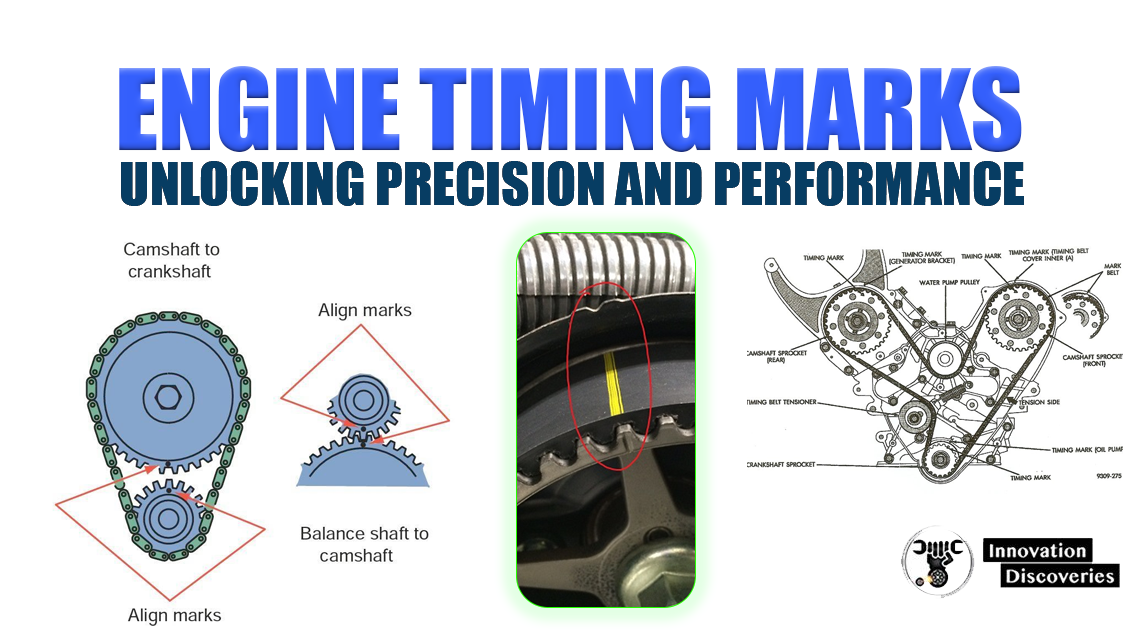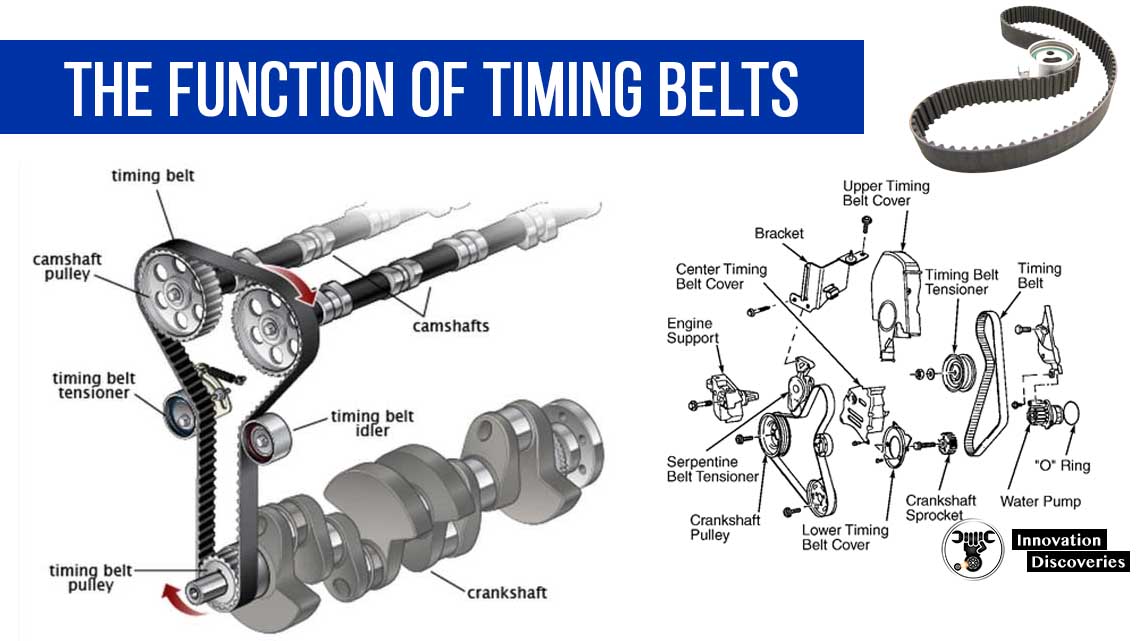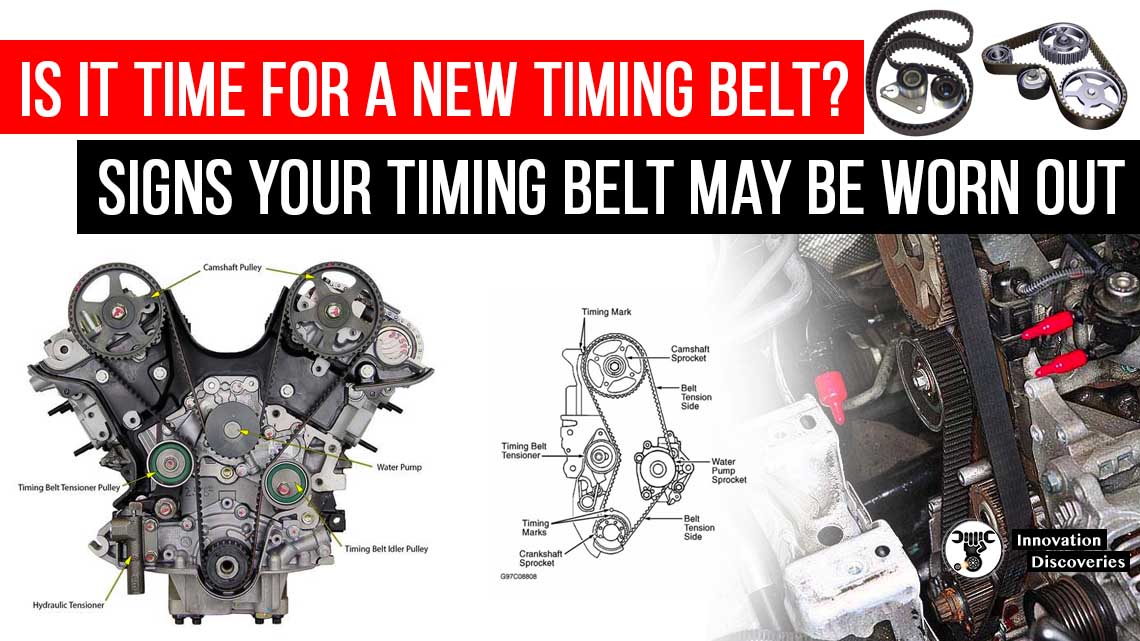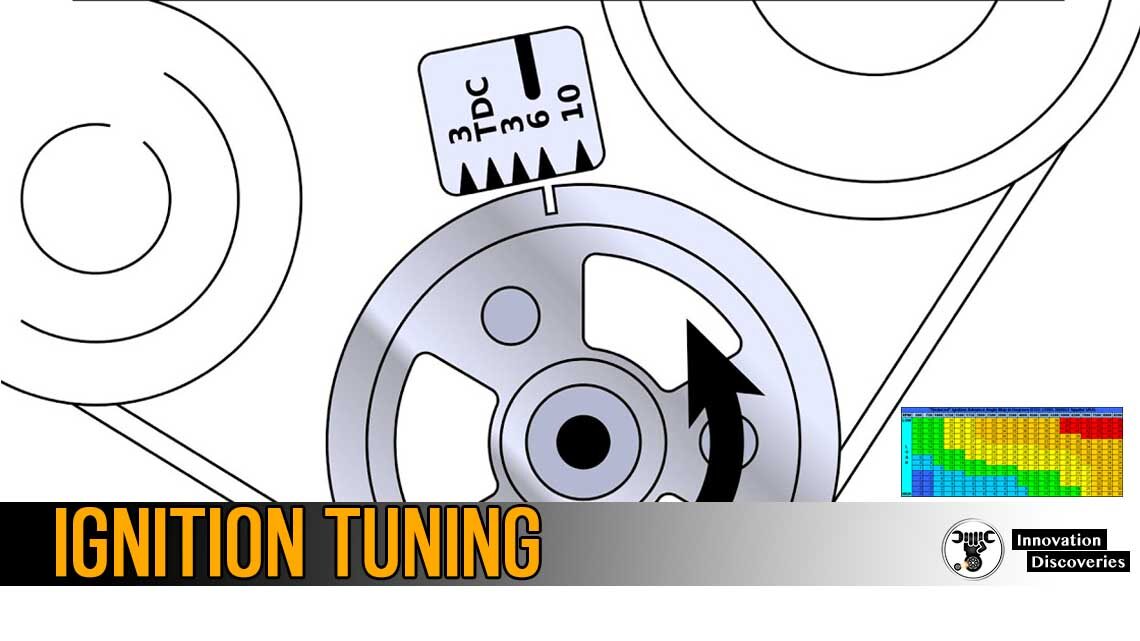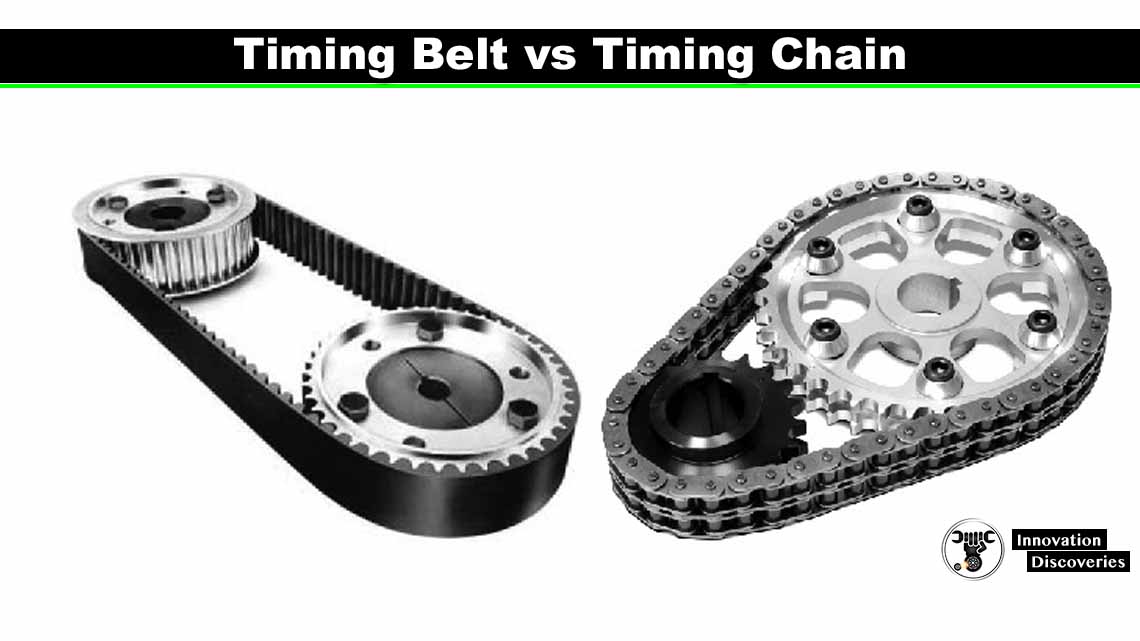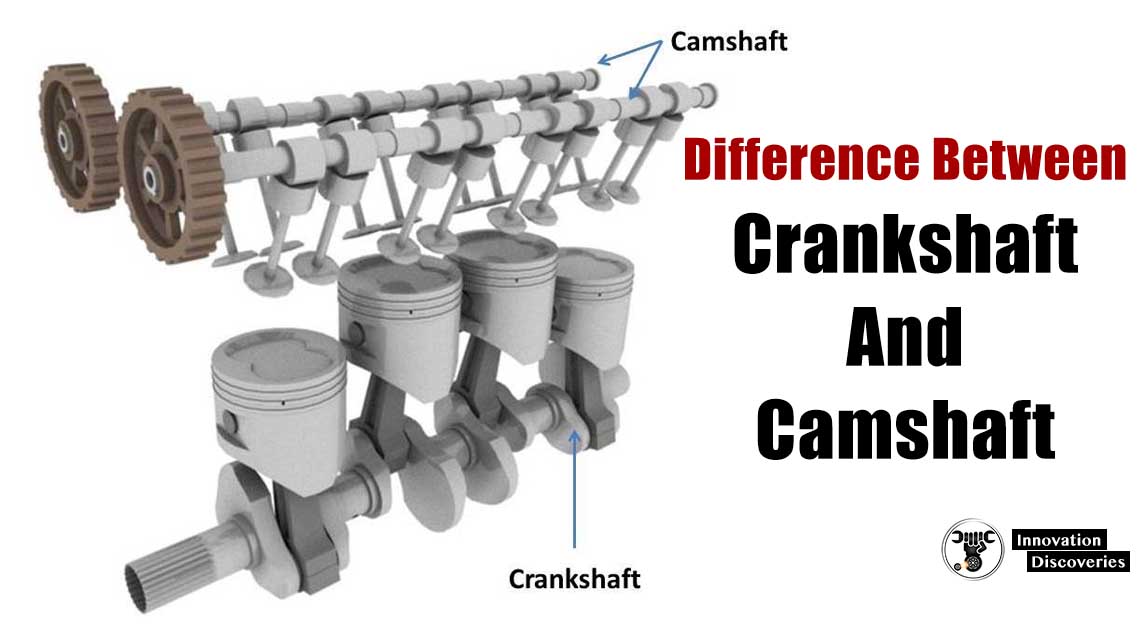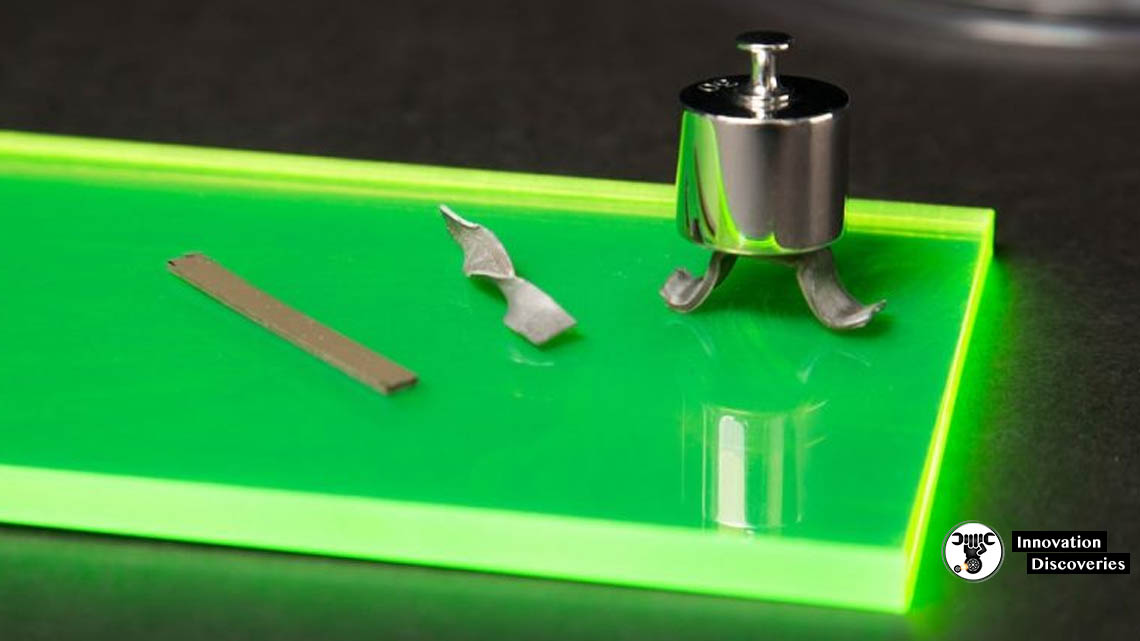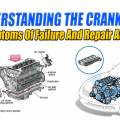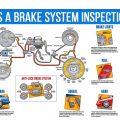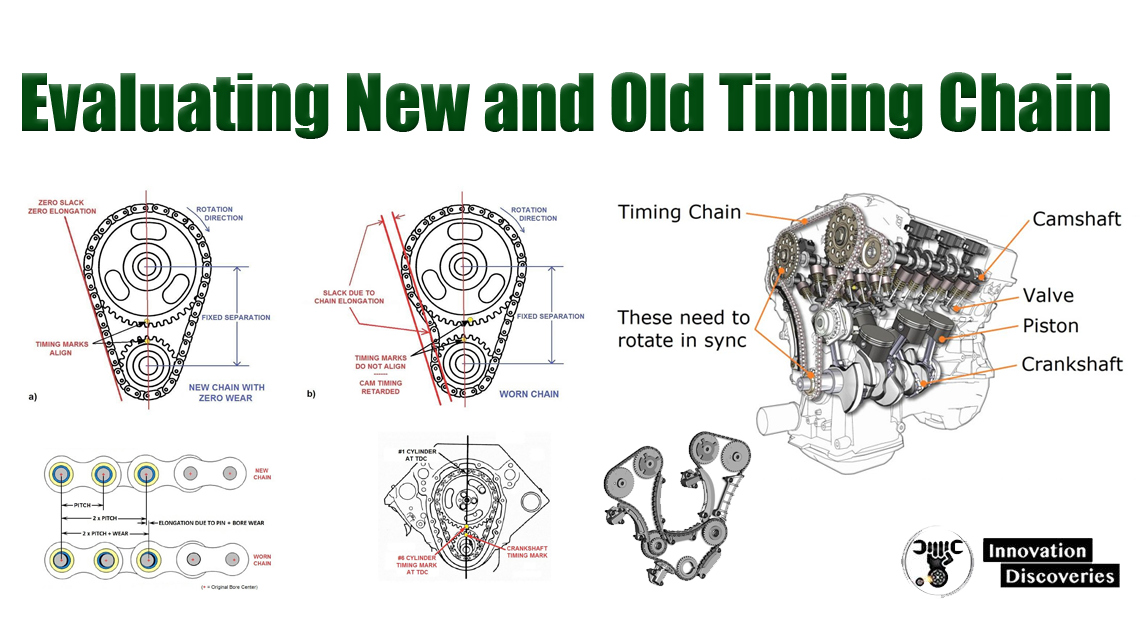
When it comes to evaluating timing chains, whether they are new or old, there are several key factors to consider.
The timing chain is a crucial component in an internal combustion engine, as it synchronizes the rotation of the crankshaft and camshaft(s), ensuring that the engine’s valves open and close at the correct time.
Here are some points to consider when evaluating both new and old timing chains:
New Timing Chain:
1. Manufacturer’s Specifications:
It is important to ensure that the new timing chain meets the manufacturer’s specifications for your specific engine make and model. This includes the correct chain length, width, and pitch, as well as any additional features or specifications recommended by the manufacturer.
2. Material Quality:
A new timing chain should be made of high-quality materials that offer durability and resistance to wear. Most modern timing chains are constructed from heat-treated steel or similar alloys, which provide strength and longevity.
3. Tensioner and Guides:
Along with the timing chain, the tensioner and guides are crucial components that help maintain proper tension and alignment. When installing a new timing chain, it is advisable to replace the tensioner and guides as well, as they may wear over time and affect the performance and longevity of the chain.
4. Installation and Alignment:
Proper installation and alignment are critical for the optimal functioning of a new timing chain. It is essential to follow the manufacturer’s installation instructions carefully, ensuring correct positioning and tensioning of the chain. Failure to install the chain properly can lead to premature wear, noise, or even engine damage.
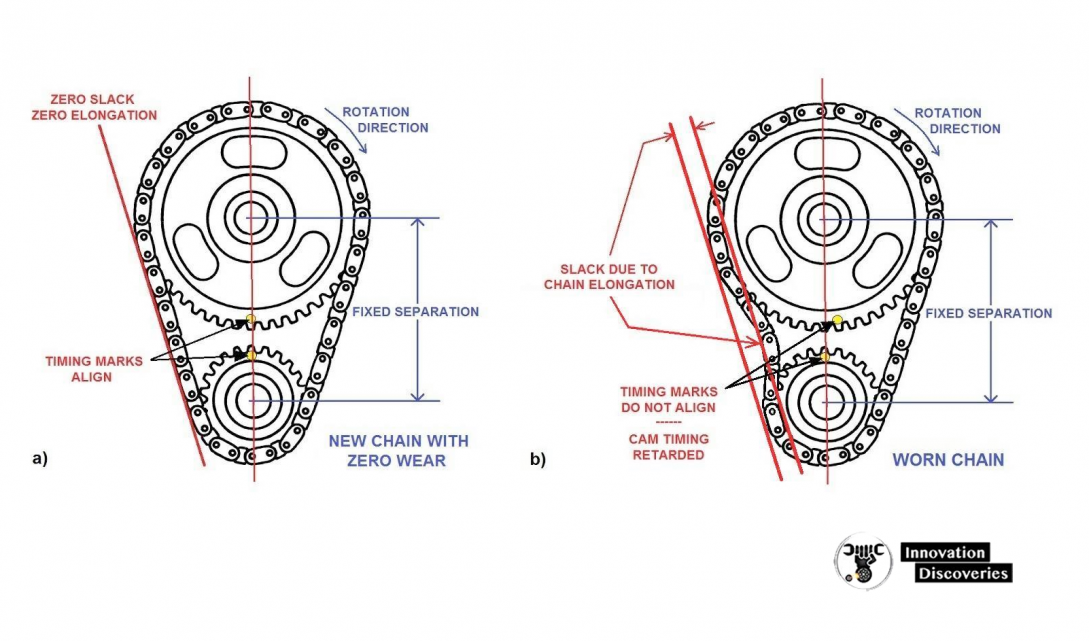
Old Timing Chain:
1. Visual Inspection:
When evaluating an old timing chain, start by visually inspecting its condition. Look for signs of wear, such as stretched links, damaged rollers or guides, or excessive slack. If the chain shows visible signs of damage, it is recommended to replace it, as a worn or damaged timing chain can lead to timing issues and potential engine damage.
2. Noise and Tension:
Listen for any abnormal noises coming from the engine area, such as rattling or slapping sounds. Excessive chain noise can indicate wear or inadequate tension, and addressing this issue promptly is crucial to prevent further damage. Additionally, check the tension of the timing chain to ensure it is within the manufacturer’s specifications.
3. Performance Issues:
An old timing chain that is excessively worn or stretched can cause various performance issues in the engine. These may include decreased power and acceleration, poor fuel efficiency, misfires, or irregular idle. If you experience any of these symptoms, it is advisable to have the timing chain inspected and, if necessary, replaced.
4. Maintenance History:
Consider the maintenance history of the timing chain. If the chain has been regularly serviced and replaced according to the manufacturer’s recommendations, it may have a longer lifespan. However, if there is a lack of maintenance or if the vehicle has high mileage, the timing chain may be more prone to wear and require replacement.
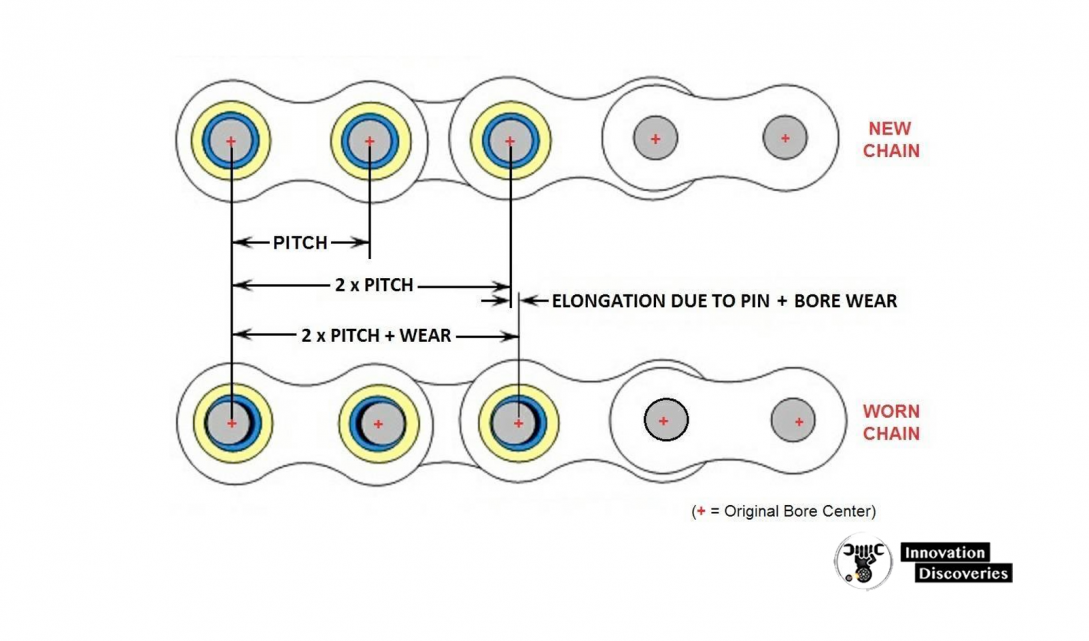
In conclusion,
Whether evaluating a new or old timing chain, it is essential to consider factors such as manufacturer’s specifications, material quality, tensioner and guide condition, installation, visual inspection, noise, tension, performance issues, and maintenance history. By carefully assessing these factors, you can determine the condition and reliability of the timing chain and take appropriate action to ensure the smooth and efficient operation of your engine.
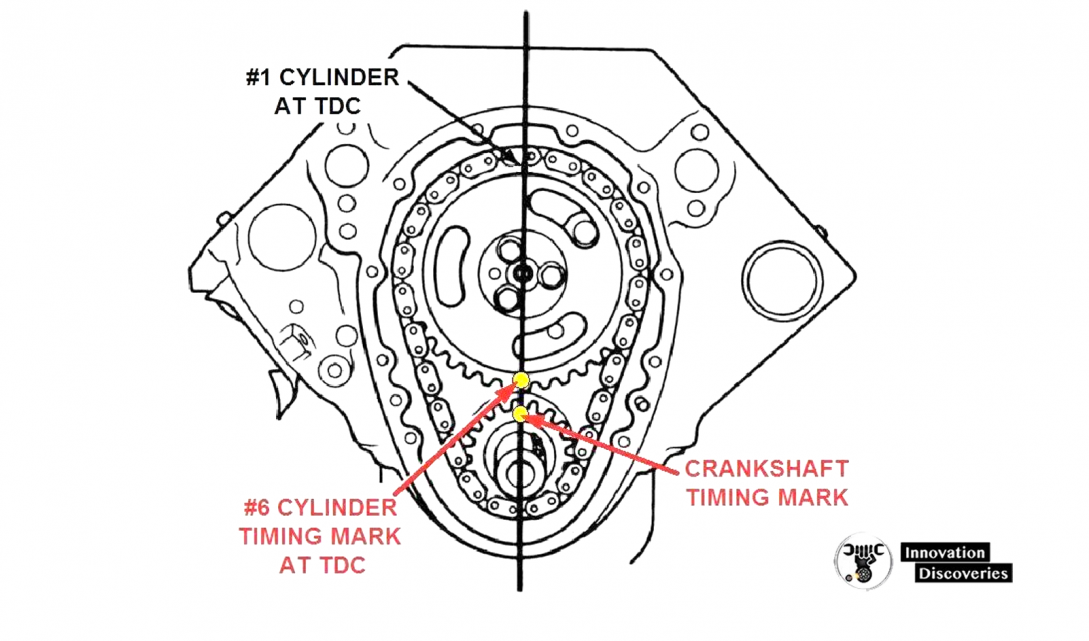
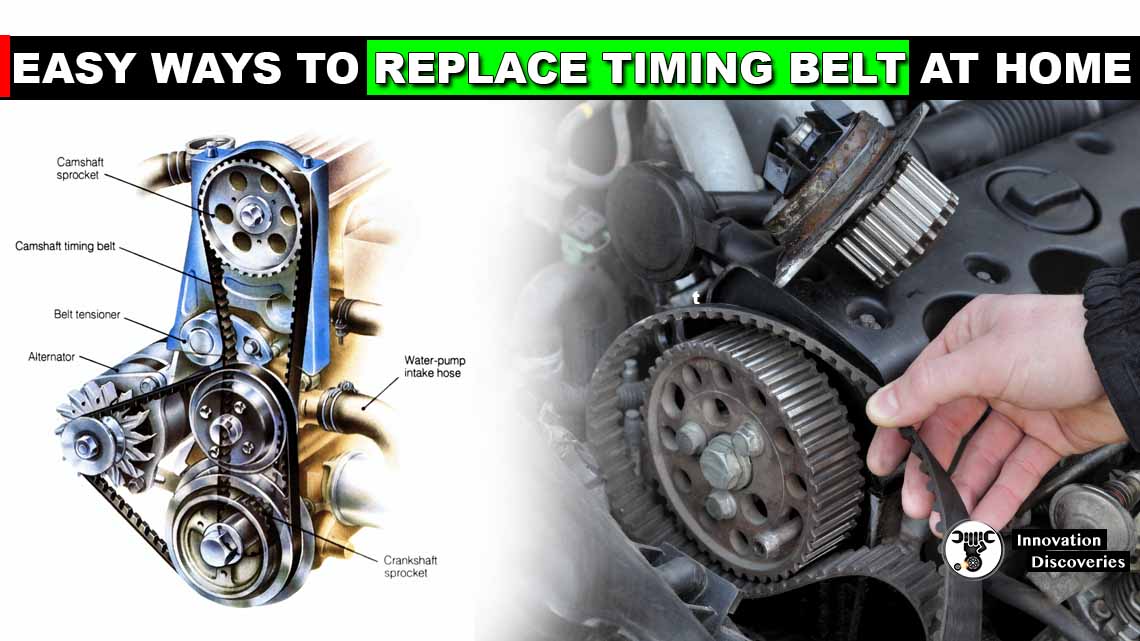
FOR MORE KNOWLEDGE
- WHAT HAPPENS WHEN A TIMING CHAIN BREAKS WHILE DRIVING
- VEHICLE SERPENTINE BELTS
- WHAT’RE THAT SOUND? 5 NOISES YOU NEVER WANT TO HEAR FROM YOUR CAR
- 4 COMMON ENGINE MISFIRE CAUSES
- HOW DOES AN INTEGRATED MOTOR ASSIST OPERATE?
Read More:
- Here’s How You Quickly Stop a Runaway Diesel
- The engine – how it drives its ancillary parts
- Water Pump Replacement
- 5 Reasons Behind Car Engine Vibration
- VALVE TRAIN: COMPONENTS, TYPES AND THEIR FUNCTION
- Symptoms of an Exhaust Leak
Visit Forum
Visit Our Friendly Website



